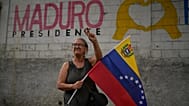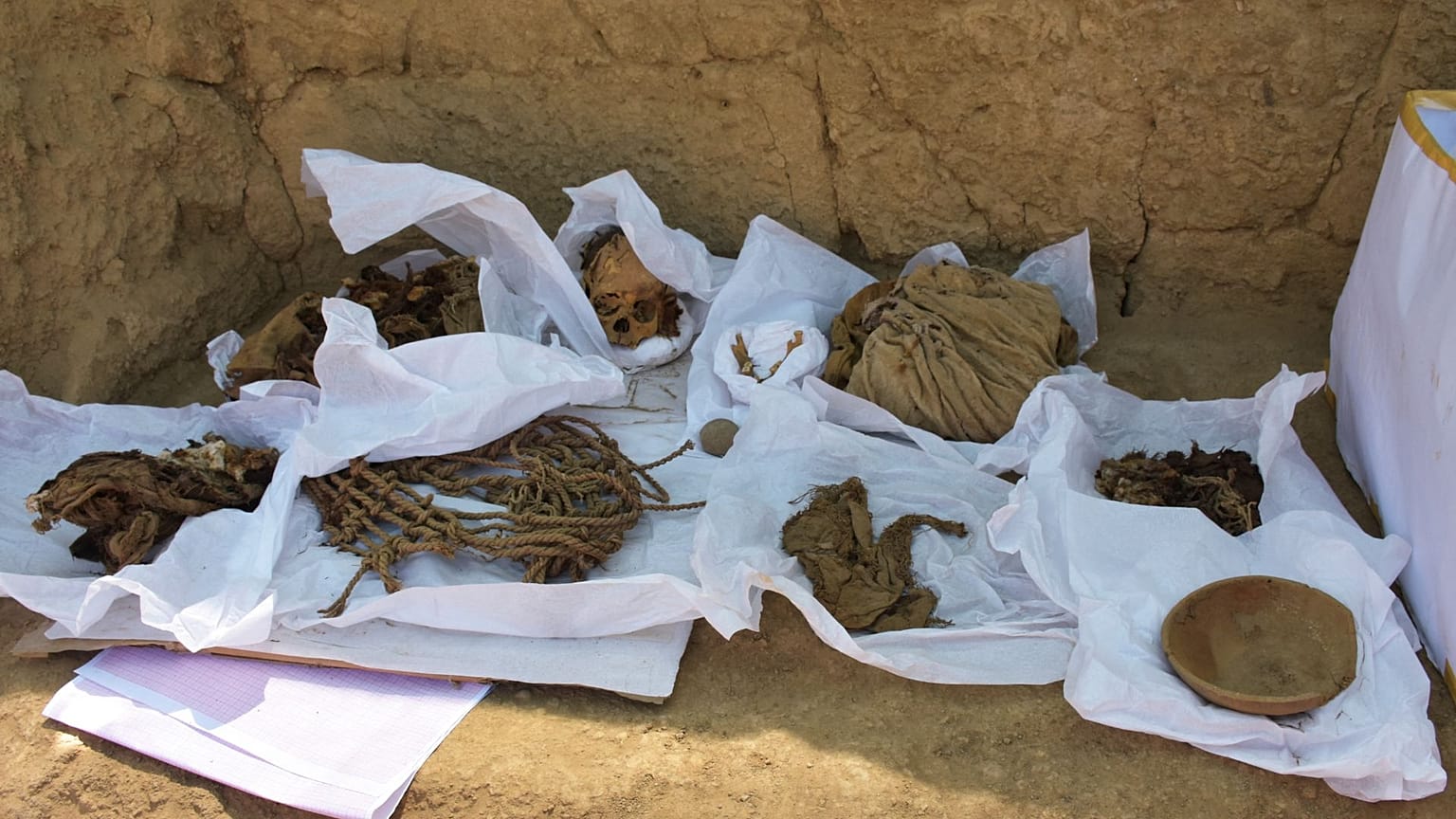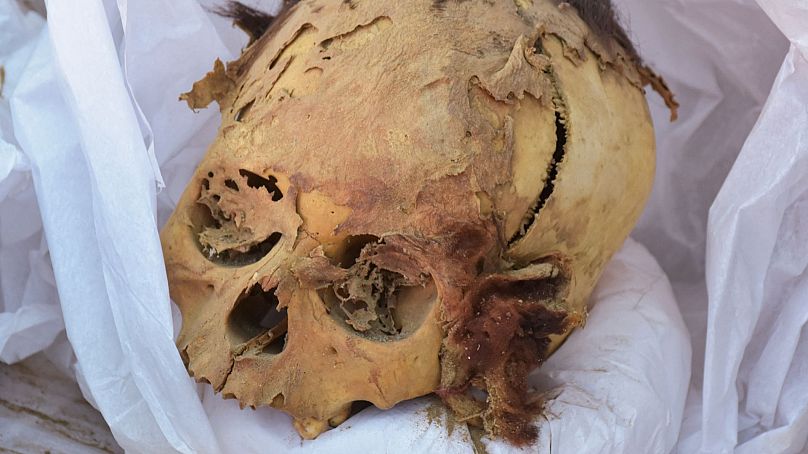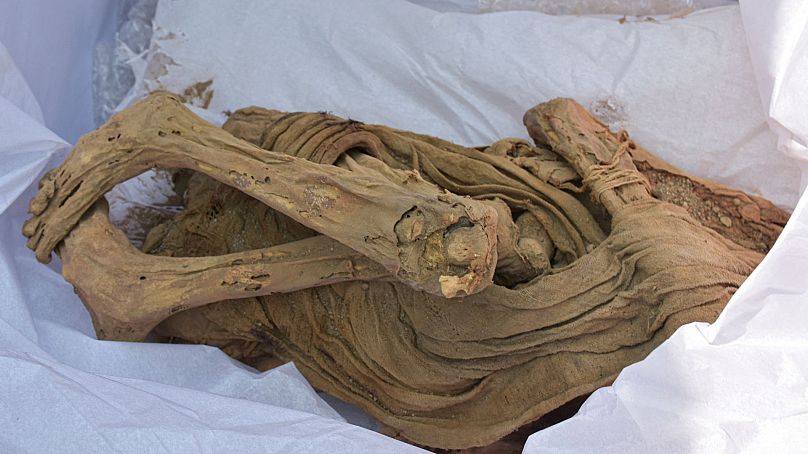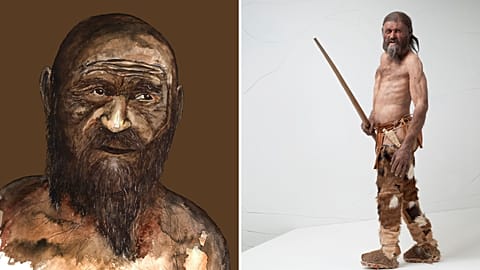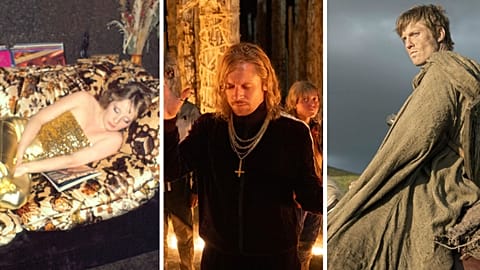The mummy, which is believed to be between 800 and 1,200 years old, was found in an ancient mud urban centre called Cajamarquilla, located on the outskirts of Lima.
Archaeologists in Peru have made a remarkable discovery, unearthing a perfectly preserved mummy of a teenager dating back to pre-Inca times.
Found in an ancient mud urban centre on the outskirts of Lima, in an archaeological site called Cajamarquilla, the mummy is believed to be that of an adolescent male, approximately 12 to 13 years old, and is estimated to be between 800 and 1,200 years old.
The discovery provides valuable insights into the cultural practices of mummification on the Peruvian coast and sheds light on the lives of the people who lived in this region over 1,000 years ago.
According to Yomira Huamán, the head of the Cajamarquilla Archaeological Project and an archaeologist from the University of San Marcos, the mummy was found in a 2-metre-deep funerary structure that was covered with a large mud rock.
The natural conditions of the area, with its coarse sand and high salt components, likely led to a natural mummification process, resulting in the preservation of the mummy's arms, forearms, legs, hair, and even part of the teeth.
Huamán explained that the mummy's remains still retain patches of skin, and the hair on the head is intact, providing a rare glimpse into the physical characteristics of the individual who lived centuries ago.
Alongside the mummy, archaeologists found various artefacts, including a stone weapon called a boleadora, a mate plate, a copper needle, remains of textiles, corn, and chilli peppers.
These findings provide important clues about the lifestyle, diet, and cultural practices of the Ichma culture, which existed around 900 years ago before being annexed by the Inca Empire in the 15th century.
Cajamarquilla itself is a significant archaeological site that was once a bustling urban centre, housing thousands of people in an area of 167 hectares. It is considered a pre-Hispanic mud city and was occupied from around 200 BC until 1500 AD.
The site had multiple functions, including administrative, domestic, and residential sectors, and its discovery has shed light on the complexity and sophistication of the ancient civilizations that once thrived in this region.
Check out the video above to see the archaeologists unearthing the mummy.




